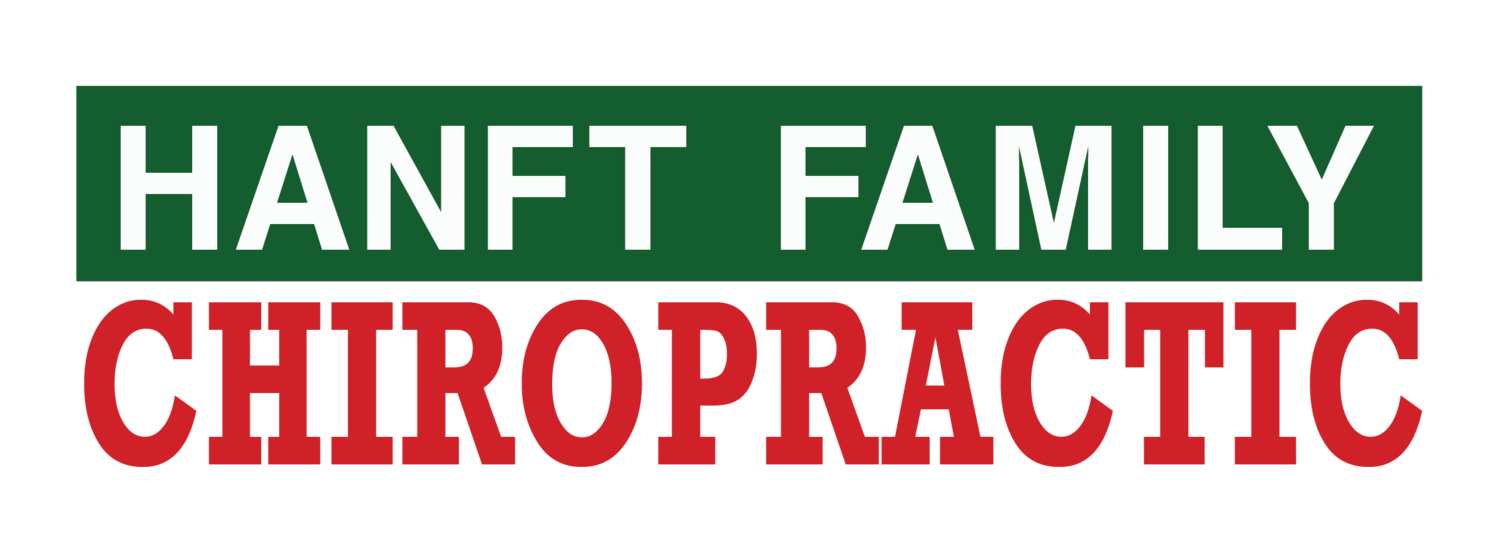Chiropractic care can benefit a variety of problems, including neck pain, shoulder pain, lower back pain, jaw pain, headaches, and sciatica, which is pain that affects the back, hip and outer side of the leg.
As an evidence-based chiropractor, I only tell patients I can help with conditions or problems that research and science has shown to be effective. My care typically helps these conditions by focusing on two primary components involved in promoting spine/pelvic health: joint alignment and proper joint movement.
Joint alignment seems to be what most people think of when going to a chiropractor. A mis-aligned joint has been proven to cause pain and can result in inflammation, and even deterioration of that joint, if left untreated long enough. However, proper joint movement is just as critical, if not more so. If a joint is left untreated and is not moving in a manner that it’s meant to, it will wear out that joint and cause minor to severe pain. An example of this is a “locked up Sacro-iliac (SI) joint,” which is where your sacrum (tailbone) connects with your pelvis (ilium). This joint is usually just below where a belt would be on your pants. When this joint doesn’t move properly, bending and lifting can become excruciating. This happened to me when I moved my family to Columbia, Missouri, and lifted a large number of boxes, furniture, and appliances. Once it was adjusted, it felt much better!
With this information in mind, is it true that, as a chiropractor, I can treat everyone? The answer to this is simple: No. There are patients who enter my office who I cannot care for, including anyone that has hardware in their spine, pelvis or surrounding areas and is looking for treatment in that region. This hardware includes rods, screws, plates, and pins. Treating patients with this hardware is reckless and dangerous, and NEVER done at Hanft Family Chiropractic. If you have this hardware in your body, you should not be manipulated in these areas because the chance of “loosening” this hardware is too great and outweighs the potential benefits of treatment.
I also don’t treat patients if I suspect that they have kidney stones. These stones can often present as pain in the upper abdomen, sides or lower back. When this is suspected, I immediately refer patients to their medical doctor for evaluation prior to treatment. If it’s not stones, they usually end up back in my office and we can move on with chiropractic care.
Chiropractic care can benefit a variety of people with a variety of conditions, ranging from neck and lower back pain to headaches and even jaw pain, with many others in between. A person should generally start with the most conservative treatment possible and work their way up to less conservative treatments as needed. Chiropractic is very conservative, while also extremely effective at treating a large population of those suffering, which makes it a great place to start for musculoskeletal problems.

